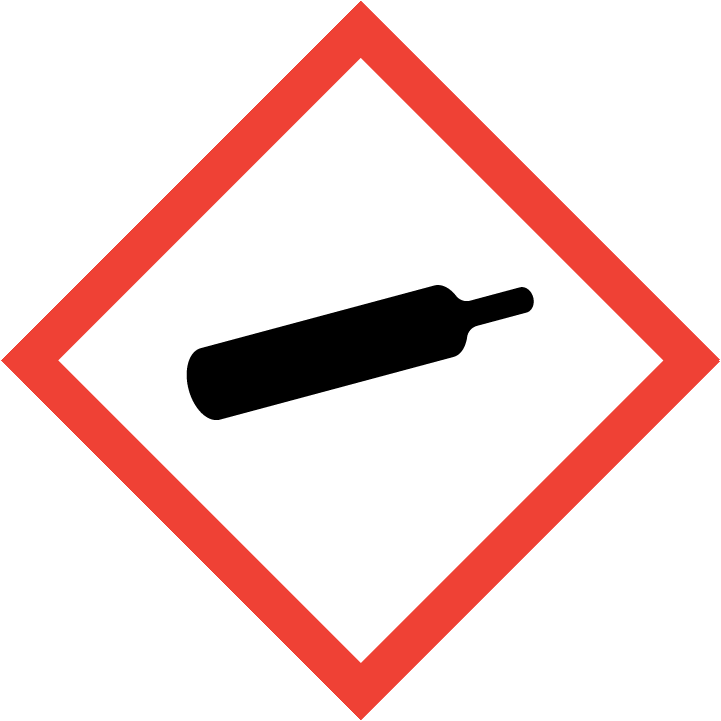 

|
 

|
Compressed Gasses

| Definition: | ||
| A pressurized container of a gas or liquid. | ||
| Examples: | ||
| gas cylinders of nitrogen, oxygen, helium, and argon, acetylene Pressurized dewars of liquid nitrogen or argon |
||
| Precautions: | ||
| Used approved cylinder cart for capped cylinders only | ||
| Open cylinders should be attached individually to wall or have a base stand or be on a cart that lifts wheels off of the floor such as an oxy acetylene torch cart. |
||
| Never lubricate a gas regulator | ||
| Never use Teflon tape on the threads connecting to a gas cylinder valve | ||
| PPE as required by hazard certification | ||
| Possible Health Effects: | ||
| Venting gas or liquid may cause frostbite | ||
| Some gasses may be flammable or toxic | ||
| Large gas leaks may displace air and result in suffocation | ||
| Liquefied gasses can cause serious low temperature burns | ||
| Liquefied gasses can cause explosions if not vented | ||
| First Aid: | ||
| If unconscious: | ||
| Remove victim to fresh air | ||
| Apply CPR if appropriate | ||
| Get medical attention | ||
| See SDS for more detailed first aid treatment | ||
| Get medical attention if significant burns or if in eyes | ||